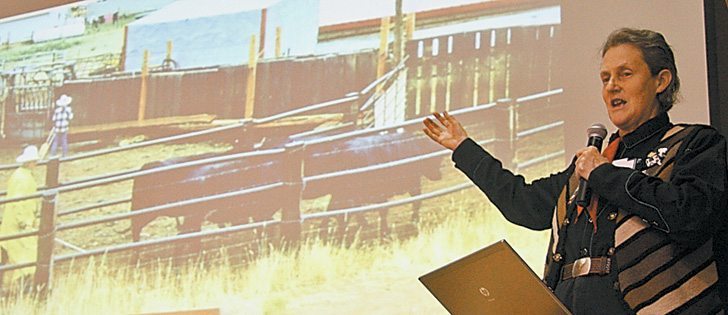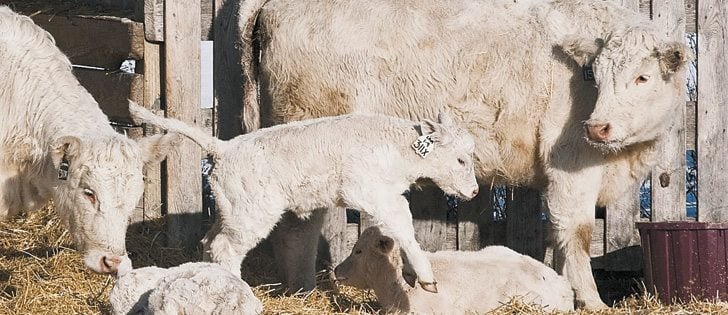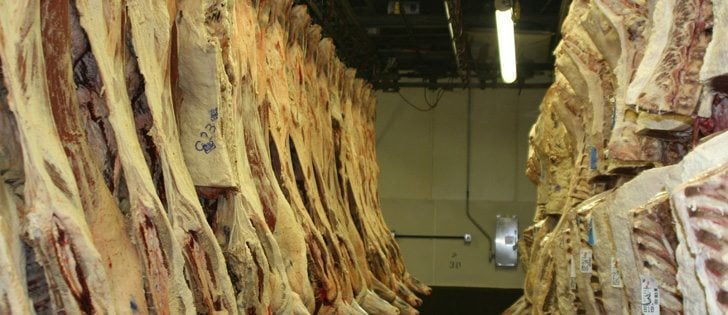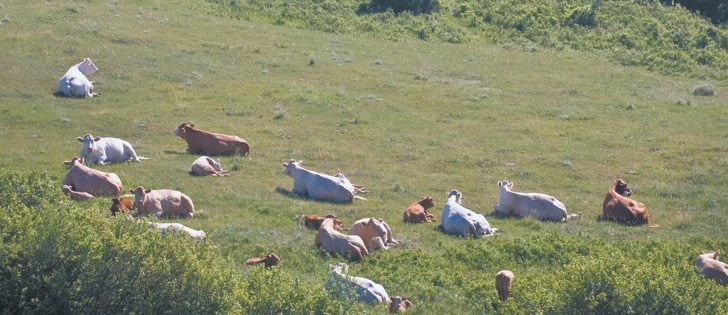NASHVILLE, Tenn. — Trichomoniasis is a bovine venereal disease transmitted through breeding that may not be noticed until cows start aborting calves.
Andrew Lovelady, a veterinarian and professor at Auburn University in Alabama, estimates the disease, which is caused by a protozoa lodged in a bull’s prepuce, is present in 7.5 percent of cow herds in the American west.
“We are going to see strung out calving seasons, we are going to see cows come back into heat and (producers) are going to see money flying out the door,” he said.
Read Also
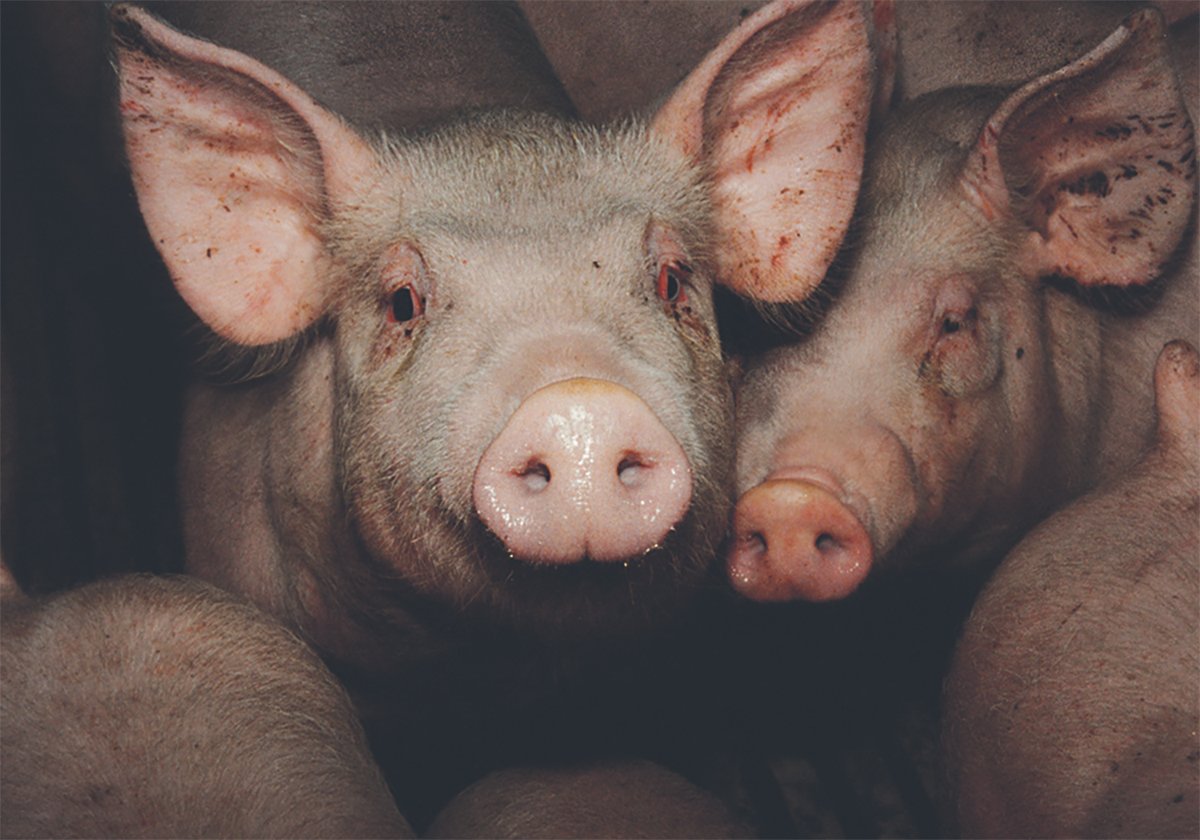
The Western Producer Livestock Report – October 30, 2025
Western Producer Livestock Report for October 30, 2025. See U.S. & Canadian hog prices, Canadian bison & lamb market data and sales insights.
Twenty-three states have control programs, but the problem never completely goes away, Lovelady told the National Cattlemen’s Beef Association’s emerging issues committee during the group’s annual meeting in Nashville Feb. 1-4.
The disease is transmitted during breeding and the cow develops a uterine infection. It aborts early in the pregnancy, has another heat cycle and may rebreed.
Older bulls may become chronic carriers from one breeding season to the next while sires younger than three years seem to be able to get rid of it.
“There is a lot of argument as to why that is and why these young bulls seem to spontaneously get over it. We don’t know all the answers,” Lovelady said.
Artificial insemination could be one way around the problem.
“We talk about A.I. as a means to avoid this organism, but depending where you get your semen from, this organism freezes rather well,” he said.
Late-term abortions are not common, although cows may have undetected uterine infections if they are not pregnancy checked. A cow can clear itself of infection and develop short-term immunity but not long enough to make it through the next breeding season.
Less than one percent of cows become carriers. They get pregnant and manage to deliver a calf, but the infection remains in the cervix or vagina. Carriers could be a problem in large herds.
No drugs are approved to treat it. Vaccination is available in the United States but not in Canada.
To get a good sample for diagnosis, the bull should have two weeks of sexual rest to rebuild the trichomoniasis levels. Three tests will be done.
Material called smegma must be collected from around the prepuce and penis. This must be sent off as soon as possible for testing.
It takes a laboratory five to seven days to culture the material, but false positives and false negatives can occur. A more expensive PCR test that looks at the DNA of the organism is quicker and accurate. Each state has at least one accredited testing labs and there are three in Canada.
Alberta Agriculture reports that cases were confirmed last summer, so herds with potential risks should test bulls and take precautions to prevent it.




